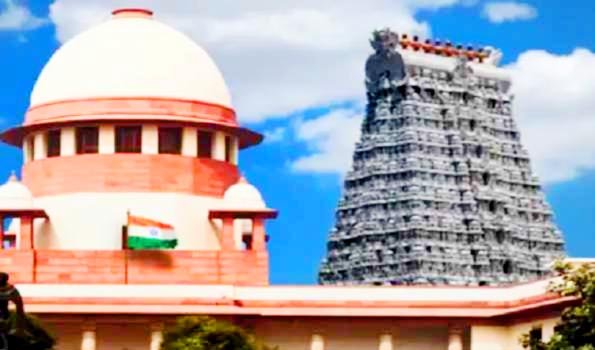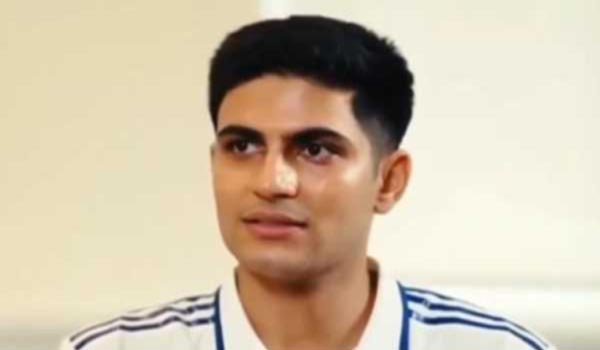New Delhi, June 25 (UNI) The Supreme Court today agreed to hear on July 1 a petition filed by the Vidhayahar (chief temple priest) of the historic Arulmigu Subramaniya Swamy temple in Thiruchendur, Tamil Nadu, challenging the Madras High Court’s approval of the consecration (Kumbhabhishekam) ceremony timing fixed by an expert committee.
The plea, filed by R. Sivarama Subramaniya Sasthrigal, contends that the High Court erred in allowing the ceremony to be conducted on July 7 between 6 a.m. and 6.47 a.m., as recommended by a court-appointed Agama expert committee.
The petitioner asserts that the auspicious time should be 12.05 p.m. to 12.47 p.m., as fixed by him in his capacity as Vidhayahar of the temple.
The matter was mentioned orally before a bench of Justice KV Viswanathan and Justice NK Singh for urgent listing. Justice Viswanathan, upon learning that the temple in question was Thiruchendur’s famous Subramaniya Swamy Temple, remarked, “It is a good temple.”
During the exchange, the judge asked if the petitioner had fixed the time last year as well, to which the counsel confirmed and added that even the High Court had previously recognized the Vidhayahar’s authority in such matters.
However, this year, the counsel explained, the High Court had constituted a committee to determine the timing.
Justice Viswanathan, after examining the High Court’s order on a digital device presented by counsel, noted that the High Court had specifically directed the temple administration to follow the traditional procedure of seeking written opinions from the Vidhayahar, with clear indication of whether a Pattolai (astrological chart/timing) is a draft or final version.
Despite this, the High Court, in its review judgment, upheld the expert committee’s timing, which the petitioner has now challenged. The bench agreed to list the matter on July 1, but declined the petitioner’s request for a hearing on June 26.
The petition stems from a Madurai bench judgment delivered by Justices S Srimathy and R Vijayakumar, which refused to interfere with the timing fixed by a five-member expert committee. The committee was appointed following an earlier petition by the Vidhayahar himself, who had opposed the authorities’ selection of the early morning window as “inauspicious.”
Ironically, the same Vidhayahar later questioned the very constitution of the expert committee through a review petition. The High Court, however, noted that it was compelled to form the committee only because the petitioner had issued three separate Pattolais, without clarifying whether the first two were draft versions.
“Had the Vidhayahar been careful and pointed out that the first two Pattolais were drafts and that a final version would follow after consulting the Panchangam, this confusion would not have arisen,” the division bench noted.
The High Court observed that both parties had consented to the formation of the committee at that time and that the majority decision of the experts could not now be revisited merely because it was unfavourable to the petitioner.
The High Court judgment emphasized that, The expert committee’s recommendation for the 6:00 a.m. to 6:47 a.m. window was based on Agama principles.
The formation of the committee was “peculiar to the facts of this case” and should not be treated as a precedent.
Until a civil court decides otherwise, the religious supremacy of the Vidhayahar over temple rituals must be preserved.
Going forward, the temple administration must seek written opinion from the Vidhayahar on consecration timings, with a clear label indicating whether it is a draft or final Pattolai.
Despite this recognition of the Vidhayahar’s traditional role, the court upheld the July 7 morning ceremony timing, prompting the current appeal in the Supreme Court.











